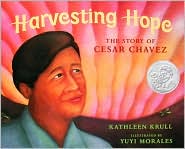By Charlene Klassen Endrizzi, Westminster College, PA
Their story, yours, mine — it’s what we carry with us on this trip we take, and we owe it to each other to respect our stories and learn from them.
– William Carlos Williams
“Reading is life!” Laura began as she outlined her view of reading for a colleague. This succinct declaration from a literacy coach in western Pennsylvania contains marvelous implications for teachers, especially those intent on understanding children’s distinct ways of understanding their world. When teachers value students’ resources developed through family and community life, they use these insights to make well-informed literacy decisions. Thus reading events, evolving not from curricular mandates but our student’s rich life experiences, hold the most relevance for children as readers.
Building on Laura’s expansive view of reading, this month’s four blogs focus on building connections across our students’ home and school literacy lives. Throughout this past school year, classroom teachers, graduate students, student teachers, and I explored Family Message Journals (Wollman-Bonilla, 2000) as one possible avenue for creating conversations between children and families. During several weeks in February and March we focused these weekly written exchanges around children’s books depicting family stories. Our intent was to invite students’ first literacy partners, their families, into our conversations about books.


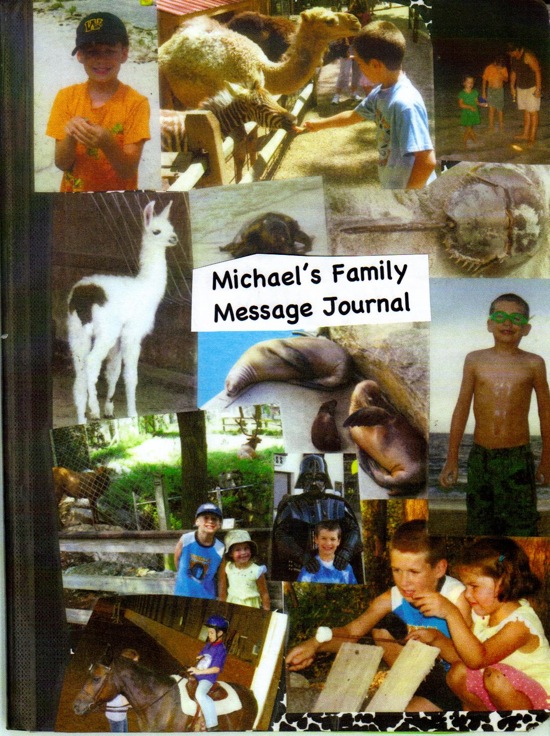
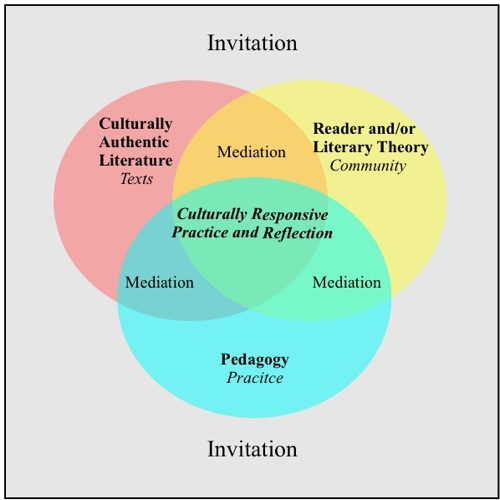
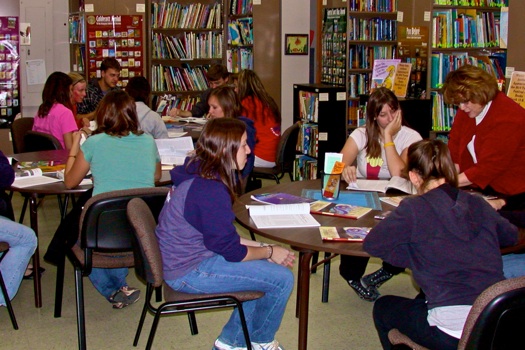
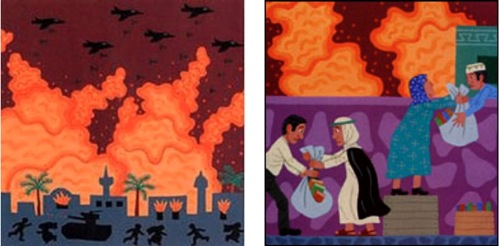
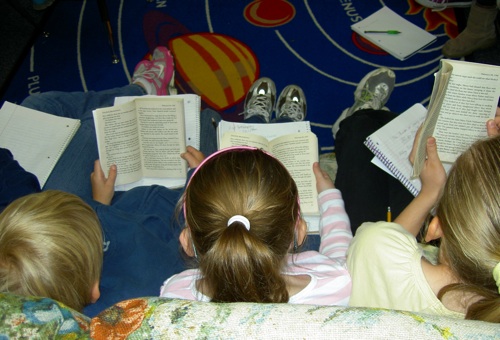


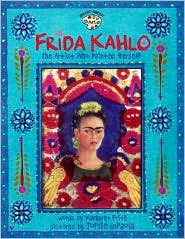 Reading biographies, studying the genre while having access to a variety of titles about the same person offers choice as well as opportunities for depth and exploration. Consider Elisabeta, a Mexican American fifth grader who did not see herself as a reader, who expresses surprise at the extent she got hooked on reading about the life and work of Mexican artist Frida Kahlo:
Reading biographies, studying the genre while having access to a variety of titles about the same person offers choice as well as opportunities for depth and exploration. Consider Elisabeta, a Mexican American fifth grader who did not see herself as a reader, who expresses surprise at the extent she got hooked on reading about the life and work of Mexican artist Frida Kahlo: